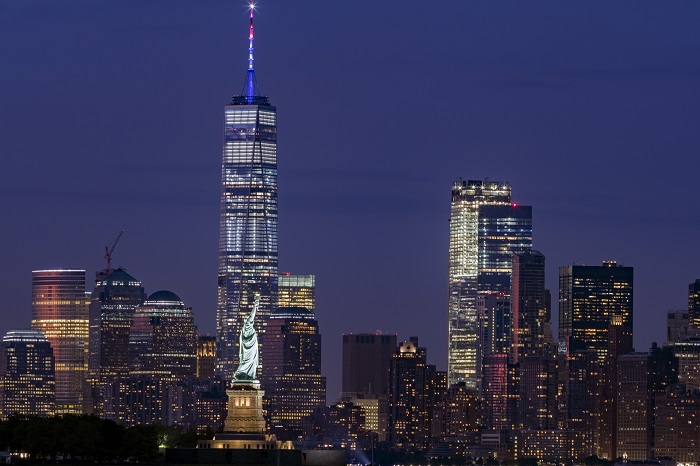U.S. homeless population rises for first time in 7 years
Published : 08 Dec 2017, 00:34
A government report has found that the number of homeless people across the United States increased for the first time since 2010.
According to a recently-released report by the Department of Housing and Urban Development (HUD), there were roughly 554,000 homeless people across the country during local tallies conducted in January, up a little under 1 percent from 2010.
That put to an end six straight years of decline from 2010, when 637,000 Americans were homeless.
Of the latest count, 193,000 people had no access to nightly shelter and instead they were staying in vehicles, tents, the streets and other places defined as uninhabitable. The number of unsheltered population is up by nearly 10 percent compared to two years ago.
It also showed that the number of chronically homeless individuals, those who have been without home for at least a year, rose for the first time since 2008, which was over 12 percent higher than that of last year.
Homelessness went down in 30 states around the country, according to the report. But some states saw big increases in homeless population, including North Dakota, California, New Mexico and Vermont.
At least 10 city and county governments in the West Coast declared states of emergency in response to the explosion in homelessness. Much of that increases was attributed to soaring rents in places like Los Angeles and North Dakota.
"In many high-cost areas of our country, especially along the West Coast, the severe shortage of affordable housing is manifesting itself on our streets," HUD Secretary Ben Carson said in a statement.
"With rents rising faster than incomes, we need to bring everybody to the table to produce more affordable housing and ease the pressure that is forcing too many of our neighbors into our shelters and onto our streets," Carson suggested.
The overall homeless population in west states of California, Oregon and Washington increased by 14 percent over the past two years, of which the part considered unsheltered jumped by 23 percent to approach 110,000. A shortage of affordable housing was partially responsible.
In fast-growing Seattle, the unsheltered population grew by 44 percent to nearly 5,500 over the past two years.
One of the major consequences of the homeless explosion in the West Coast is a deadly hepatitis A outbreak that prompted California officials to declare a state of emergency two months ago.
Besides, in major cities, homelessness jumped by 5 percent in the last year, according to the HUD report.
In contrast, the HUD report revealed a long-running decline in homelessness continuing in most other regions.
The overall homeless figure was down by 13 percent on a national scale since 2010 and the unsheltered number has dropped by 17 percent over that seven-year span, although some changes in methodology and definitions over the years can affect comparisons.
Those places that saw a dwindling homelessness included Atlanta, Philadelphia, Miami, the Denver area and Hawaii.
The annual HUD study is a point-in-time survey based on counts at shelters and on the streets. It does not take into account families and individuals who might experience homelessness at other times during the year.
Those who work regularly with the homeless said it is certainly an undercount, although many advocates and officials argued that the result correctly identifies trend lines.
The report, submitted to Congress, is used by government agencies as a factor in distributing resources for what's needed to address the crisis.


